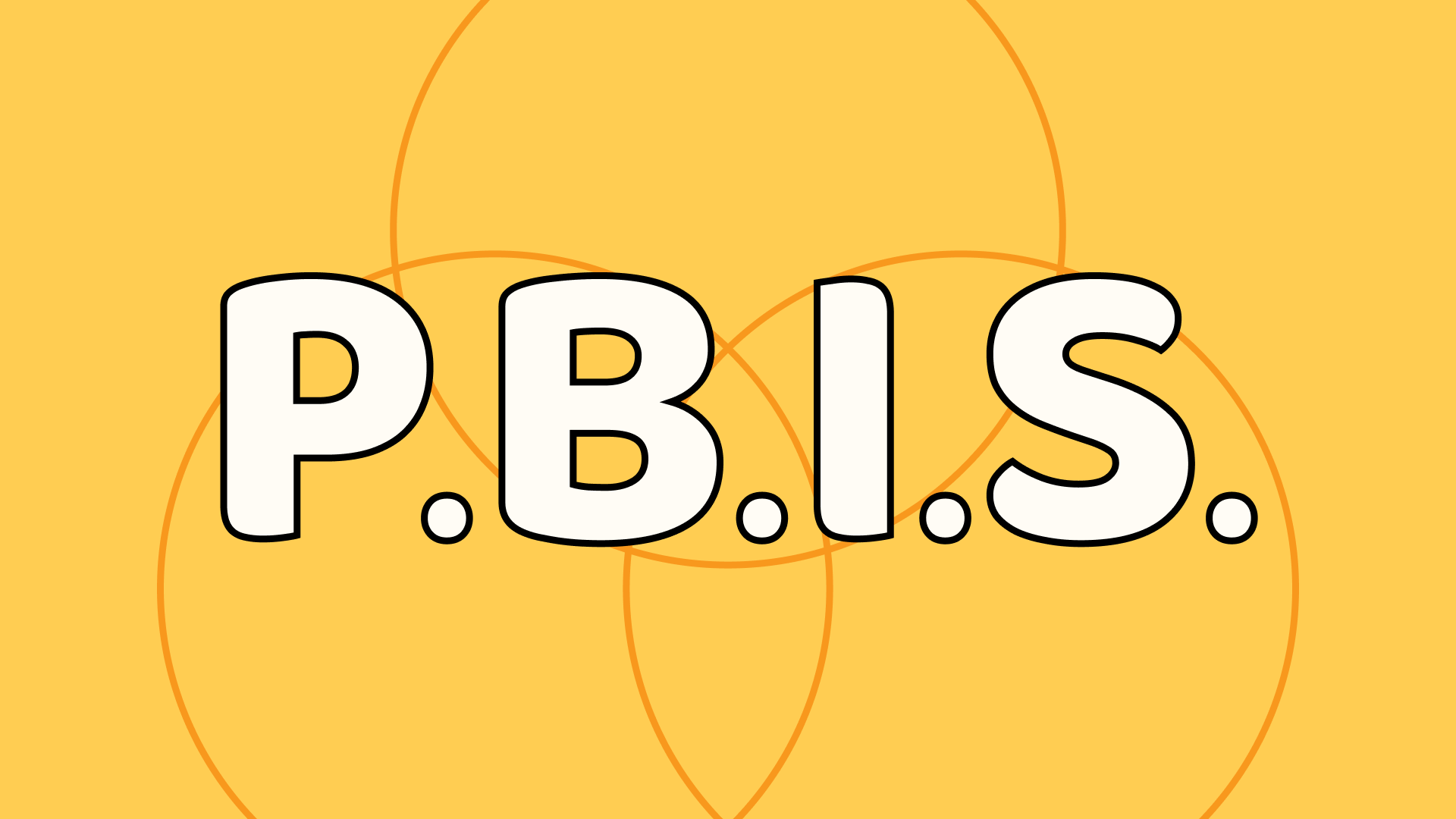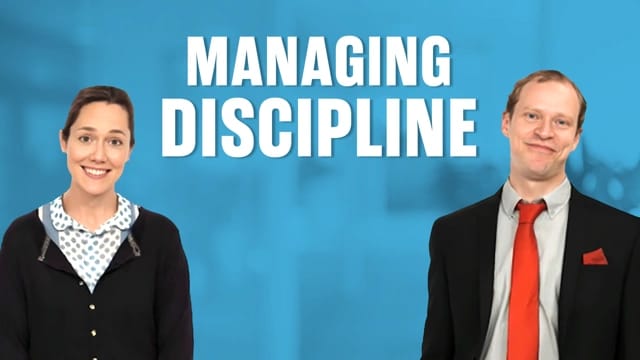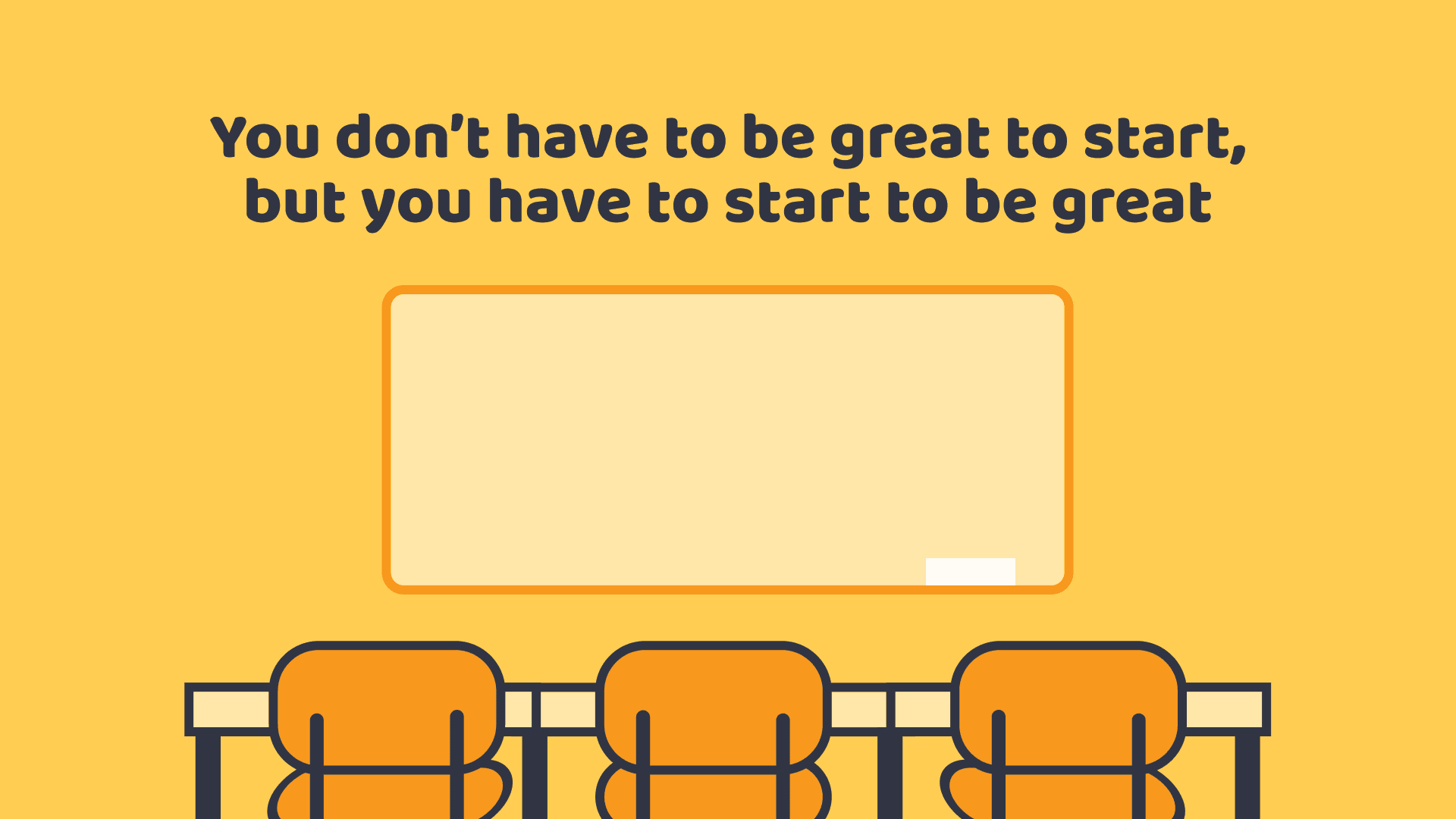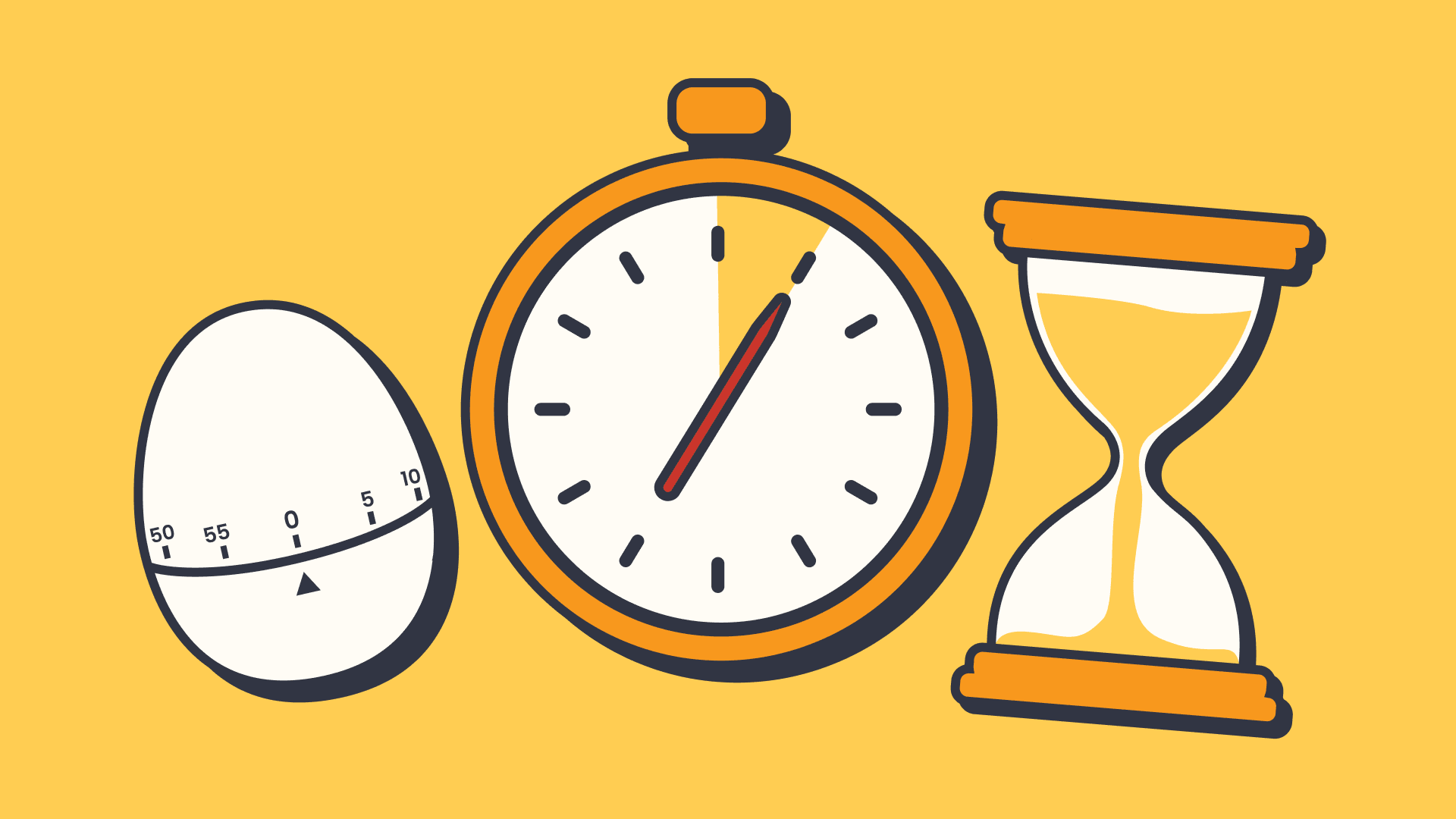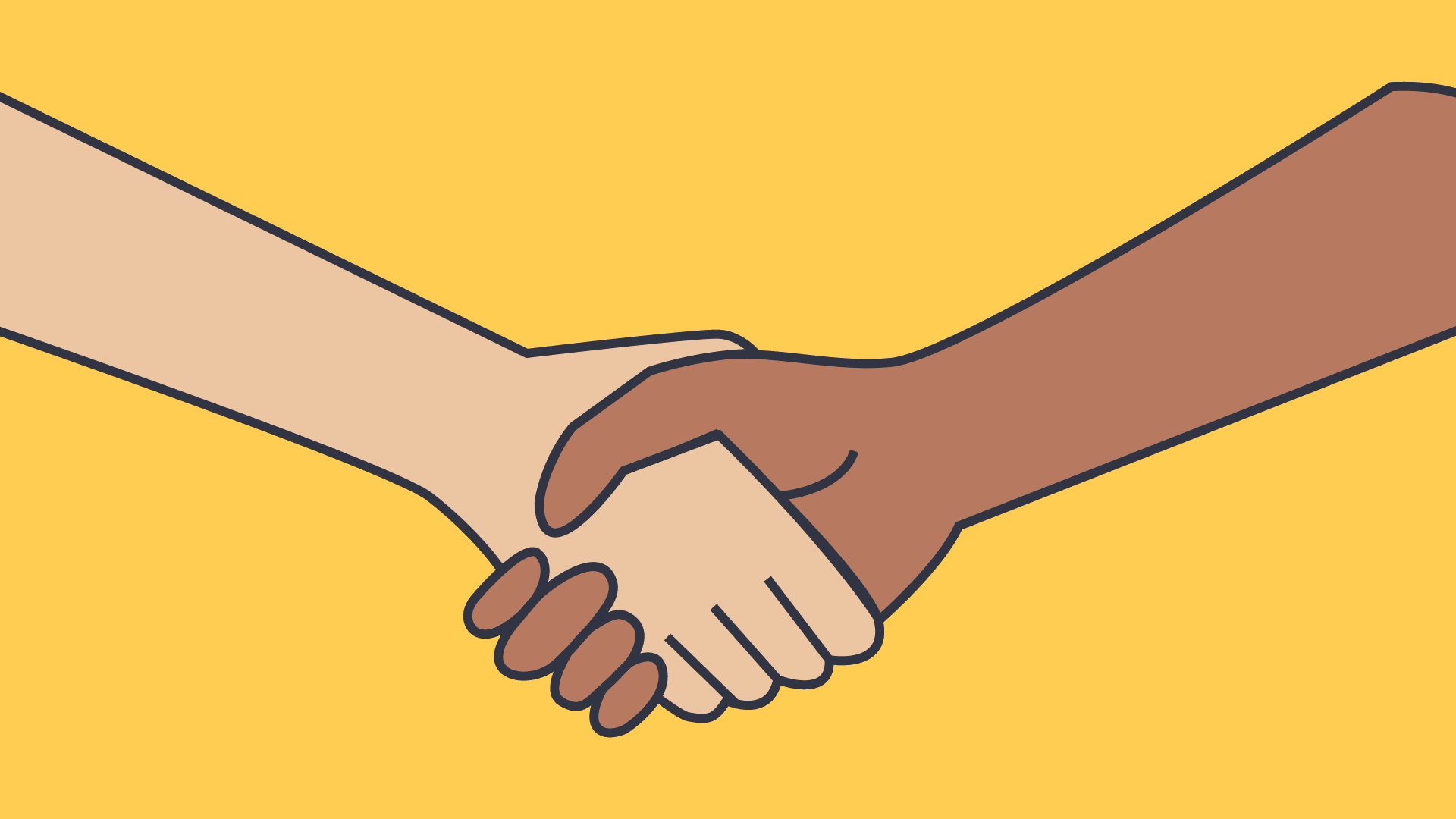5 Examples of PBIS strategies in schools
In this guide
Google “student behaviour since COVID” and the results are pretty disturbing. Most of the headlines are very negative in nature and point to a downward trend that is quite alarming.
Ask a teacher what classroom environments have been like since our return to “normal” and you will most likely hear stories that align with the Google search results. Sally Weale reported in The Guardian that “Half of all children suffered a setback to their emotional and social development during the first year of the pandemic” (2023).
The report listed increases in classroom disruptions, disrespect to teachers and staff, and use of prohibited electronic devices. The “return to normal” may accurately describe the daily routines and schedule in school but feels quite foreign to the environment many educators were accustomed to before a global pandemic created major disruptions to our institutions of learning.
The challenges schools face regarding student behaviour are not new but there is definitely a sense that this is no longer limited to small segments of students or certain schools. Socio-emotional development now needs to be integrated into the curriculum at all ages to help students reach their academic potential.
The situation can be intimidating, especially with school resources already stretched thin, but the upside to the prevalence of this trend is that educators and organisations do not need to face this alone. There are a lot of research-backed strategies available to educators as well as a more widespread acknowledgement by schools and districts to approach these issues head-on positively and constructively.
What is PBIS?
An ounce of prevention is worth a pound of cure.
Benjamin Franklin
Depending on where you teach, you may be more familiar with an approach known as a Multi-Tiered System of Support (MTSS). MTSS can be seen as an umbrella term that PBIS fits under. PBIS uses the tier system but is primarily focused on targeting specific student behaviours. On the other hand, Response to Intervention (RTI) is a different-tiered system that fits under the MTSS category and is most concerned with preventing or addressing academic problems students may encounter.
In the region I work in, we organise and refer to our intervention system as MTSS. Each school site has an MTSS coordinator who runs Professional Development for teachers and coordinates the necessary intervention strategies for students, when needed. A couple of years ago, our MTSS coordinator helped redesign our bell schedule to create a 25-minute tutor group session each Monday to help implement MTSS strategies at the classroom level.
Developing a strong commitment to prevention and shared responsibility among all staff members is helping to address some of the most common issues we see campus-wide. For behavioural issues that still exist, our MTSS coordinator will work directly with our Student Services team to utilise specific PBIS strategies in coordination with teachers. If it is a more academic concern, the coordinator will involve guidance counsellors and teachers to identify the appropriate RTI approach.
At their core, each of these educational acronyms is designed to help students be more successful inside and outside of the classroom. It establishes a clear language with a direct line of communication to ensure the needed support is provided.
Positive Behavioural Interventions and Supports (PBIS) is a tiered framework aimed at improving social-emotional well-being, academic success, and overall school climate. A major component of the PBIS approach is to prevent unwanted behaviours to avoid or minimise the need for corrective actions. Policing behaviour can overwhelm the educational experience and negatively impact the focus on learning for both the students and the teacher.

The Tiered PBIS Framework is a multi-tiered approach that creates an adaptable and flexible system to support the variety of student needs present on a campus.
- Tier 1 establishes a foundation for positive and proactive support that enables most students to succeed.
- Tier 2 is a targeted approach for certain students that adds additional support and opportunities for those who need it.
- Tier 3 provides more intensive and individualised support when Tier 1 and 2 have not been sufficient to address the need.
Schools can help structure effective PBIS by focusing on the following four elements:
- Establish expectations: Create a consistent system of schoolwide expectations. Narrow down the concepts to 3-5 major expectations to make it easier for all stakeholders to understand and implement.
- Teach expectations: Emphasise the expectations at the beginning of the school year and any other major times of change. Provide consistent and ongoing reinforcement of expectations throughout the year.
- Positive reinforcement: Focus on catching students behaving in the expected manner and find creative ways to reinforce those behaviours. Use rewards and verbal praise regularly and often.
- Restorative consequences: Respond to challenging behaviour in a consistent manner with an emphasis on teaching rather than punishment. Prioritise support and interaction over suspensions or penalties.
Consistency is key at both the individual level and throughout the school so a system wide approach and buy-in is necessary to maximise the results of PBIS.
1) Classroom routines
We all crave predictable and consistent rules as part of living in a society. Amazon, Costco, and any other successful company have a set of established routines that increase productivity by reducing errors and misunderstandings. Students are no different when it comes to the routines and procedures of a classroom.
When students understand the structure and expectations then it is easier for them to be a productive member of the learning environment. These routines need to be established early and reinforced regularly throughout the entire year. Sometimes, it is necessary to spend additional time clarifying or revisiting routines after long breaks around holidays.
Posters or other physical reminders of classroom routines help students internalise expectations more easily and provide constant reminders of the expectations. When students do not know what they are supposed to be doing, that is when issues tend to arise. Eliminate those situations, and the number of problems will be drastically reduced.
2) Pacing and timing
The school day can be long. A class period can feel like an eternity. The rigid bell schedules can make students (and teachers) feel like they have no control over their own time when on campus.
Focusing on the use and impact of time when lesson planning is critical to make sure you are appropriately meeting the needs of your learners. An intentionally designed schedule based on the learning activities is critical to maintaining focus and preventing unwanted behaviours.
I teach at a school with 100-minute block periods with only a 7-minute passing period in between each one, which barely gives students enough time to get to their next class, let alone take an actual break. The students and I established a flexible schedule at the beginning of the year that allows them to request breaks during the period and choose a particular short activity such as a short walk outside, listening to music, or eating a snack. Most days, they let me know when we need to take a break by verbally asking for it or me just reading the body language in the room.
Also, if the pace of a lesson is too slow or too fast for learners, then the chances of those students being off topic or disruptive go up. Differentiating the lesson or including extension activities is a great way to design for the unique needs of each learner.

3) Rewards system
Positive reinforcement is a critical component of PBIS. There are a variety of reward structures that can be effective in a classroom setting depending on the age and interests of the students. No matter what the reward is, it is important to actively look for students “being good.” Catching good behaviour is a lot more fun and powerful than the opposite. Check out this positive punishment blog that also references positive reinforcement and how these work together.
I do not know many people that do not enjoy rewards but for them to be effective in shaping behaviour the recipients need to clearly understand what action led to the reward. To do this, make sure reinforcements are presented as soon as possible following the expected behaviour as well as a clear expectation for why the student received the reward.
Although it is a natural tendency to want to include a penalty system along with a reward system, be careful that the penalties do not outweigh the rewards. My son was recently penalised for forgetting an assignment at home and had to pay a “fine” with the class dollars he had been saving up. I was shocked to see that his main reaction was that he no longer valued the dollars as a reward.
A simple fix to this particular situation would be a reward for all students completing the assignment but nothing for those who did not. Missing out on the reward is enough of a consequence without having to lose a previously earned reward.
4) Redirection
An appropriate and measured response to an undesired behaviour can help de-escalate a situation with minimal disruption to the classroom. It can be difficult to remain calm and respectful when dealing with problems in the middle of class but remember that students respond to and feed off of your energy.
For redirection to be most effective, it is critical to immediately address the issue and focus on the expected behaviour. Provide an example of an alternate behaviour that is more acceptable as well as the reasoning behind it. Then, allow the student to demonstrate the appropriate behaviour and provide feedback and reinforcement.
This strategy really comes in handy for students who get off task or get distracted by technology. A quick and private redirection for that student can get them back on track with very little effort. Many times, students are not doing this to be rude or defiant but it has just become such a natural behaviour in their daily lives. Redirection helps correct the behaviour without using a punishment or public scolding that can end up with the student just shutting down for the day, or longer.
5) Physical environment
We have to acknowledge that a traditional classroom is not always a comfortable and authentic environment for learners. They spend much of their day inside, in uncomfortable seating, under artificial lighting. Different learners respond differently to these conditions.
While you may not have the authority for a construction project or a budget for a room redesign, it is still important to be aware of how the physical environment is impacting the social and emotional aspects of everyone inside the classroom space. The Space: A Guide For Educators, provides research linking behavioural and academic outcomes with the design of the physical environment. It also includes great tips for hacking your learning environment with limited resources.
In my room, we have designated areas for quiet, independent work and others for loud, collaborative activities. Tying the behavioural expectation to a physical location provides a very clear reminder of how students should be acting. Plus, allowing the freedom of choice at different times of the day allows students to select the environment that best fits their needs at that time. It has become a great way for students to practice self-regulation by understanding and responding to their emotional needs.
Final thoughts
No one approach or strategy is going to ever eliminate all unwanted behaviour. Also, what works with one student or class may have little to no impact on other students. The key is to have a wide variety of tools aimed at preventing misbehaviour by making it easier for students to choose the right behaviour the first time.
There will always be issues, no matter what you do, but implementing PBIS reduces the number of interventions needed which makes the process much more manageable.
References
- Center on PBIS | What is PBIS? (n.d.). PBIS.org. Retrieved April 11, 2024, from https://www.pbis.org/pbis/what-is-pbis
- Hare, R. L., & Dillon, R. (2019). The Space: A Guide for Educators. Blend Education.
- Press Release – More than 80 Percent of U.S. Public Schools Report Pandemic Has Negatively Impacted Student Behavior and Socio-Emotional Development – July 6, 2022. (2022, July 6). National Center for Education Statistics. Retrieved April 11, 2024, from https://nces.ed.gov/whatsnew/press_releases/07_06_2022.asp

Nick Schwab
briefcase iconLearning Experience Designer
Nick combines his background in psychology, education and design to create physical and digital experiences that empower, engage, and excite learners. His passion lies in constantly developing new learning pathways for students that challenge the status quo in education.
Other posts
Want more content like this?
Subscribe for blog updates, monthly video releases, trending topics, and exclusive content delivered straight to your inbox.

